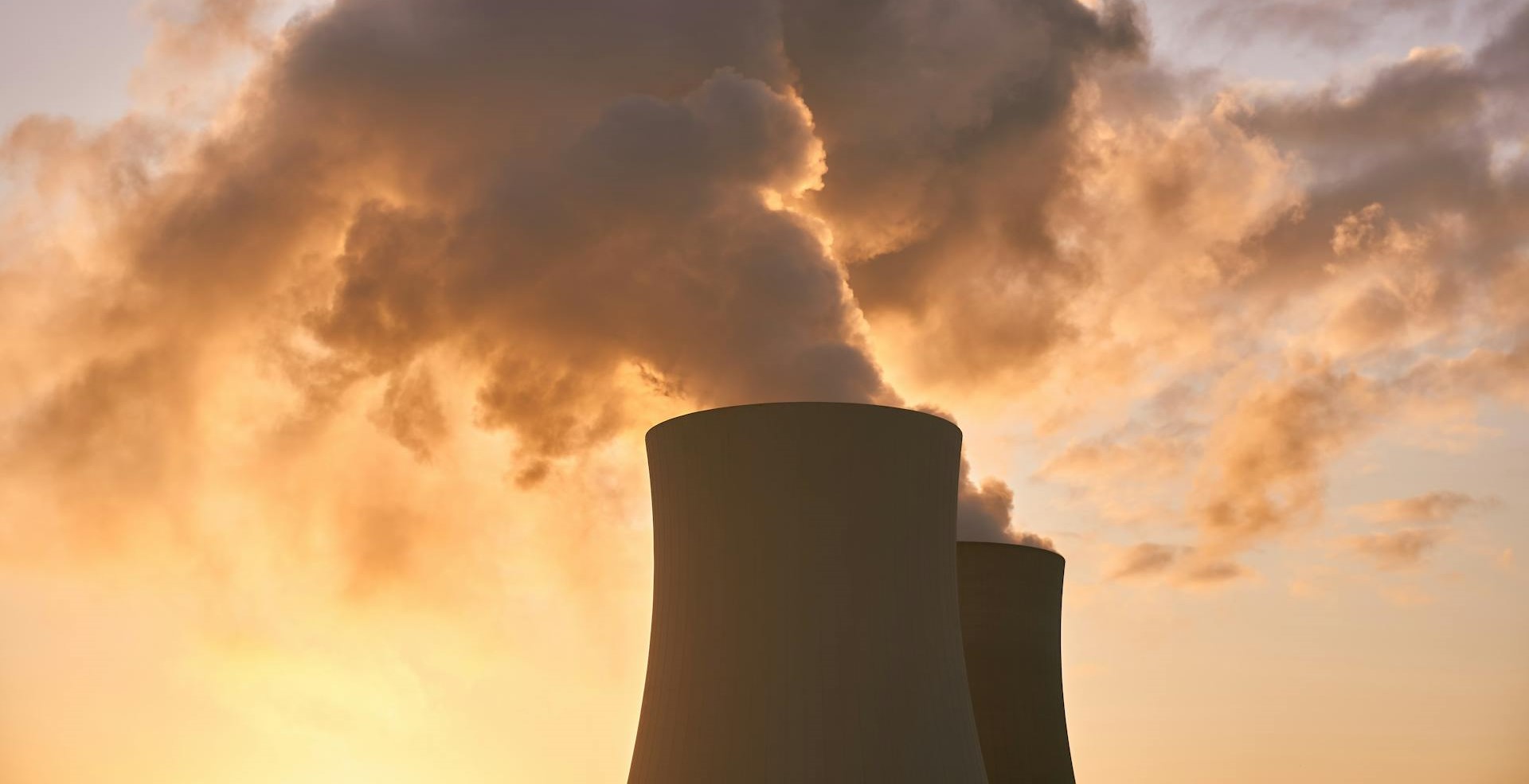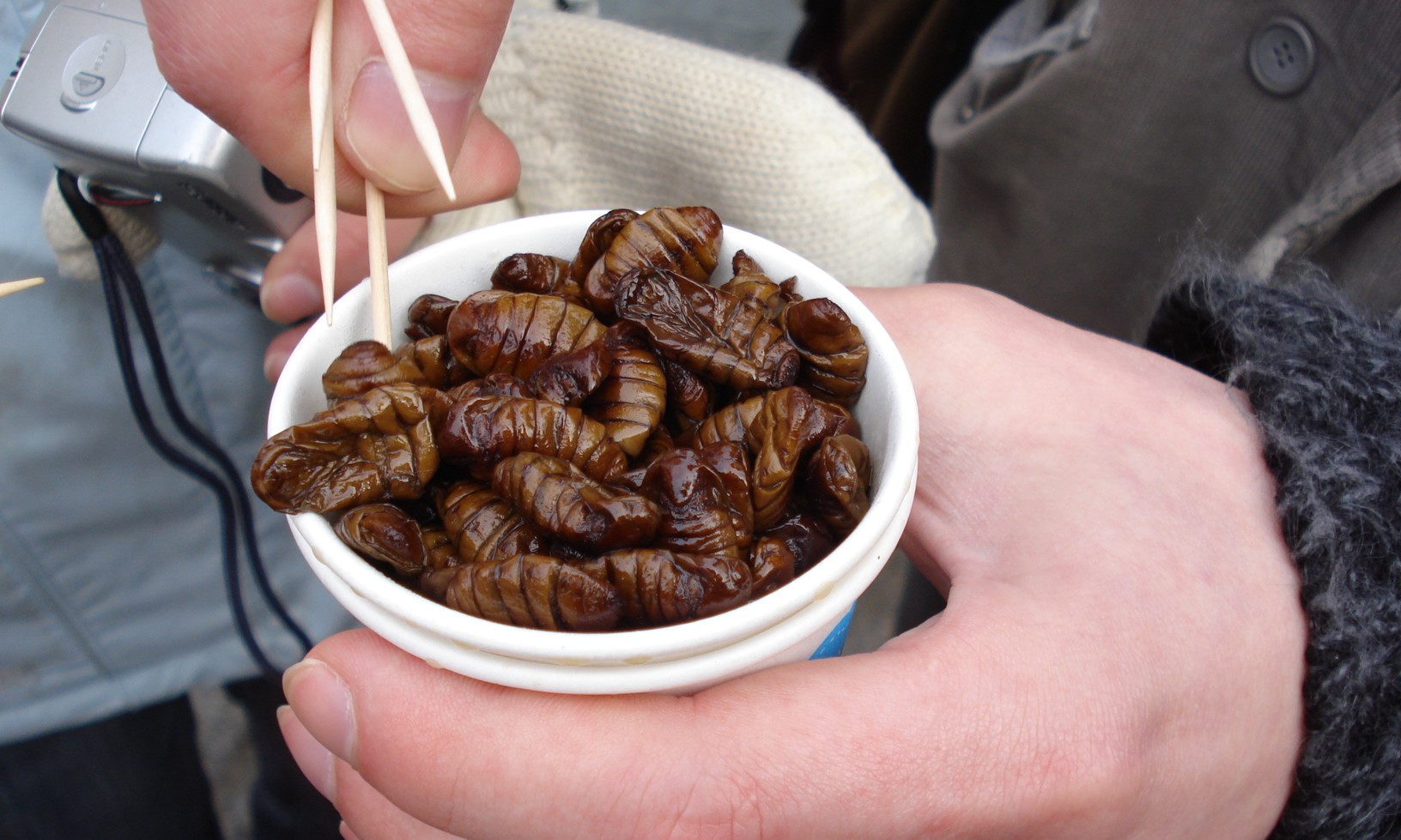
Academy of Science Backs a Nuclear Future
Federal opposition leader Peter Dutton has backing from an authoritative quarter for his sought-after nuclear power route to net-zero. The Australian Academy of Science, despite its green-Left credentials, strongly supports nuclear, especially Small Modular Reactors (SMRs), as a cost-effective and reliable option. Its parliamentary submission in January last year reaffirmed support for nuclear detailed in a more elaborate Academy submission in late 2019. I can’t imagine nuclear power fundamentals have changed much in the past 18 months.
The Academy warned even back in 2019 that Australia’s rising emissions were jeopardising the 2030 emissions target. “Given the overwhelming need to reduce carbon dioxide emissions from power generation, nuclear power plants offer an option … for a low carbon future,” wrote the then-Academy President John Shine AC FRS. “The current prohibition unnecessarily restricts Australia’s energy mix options.”
In reality, Australia’s entire multi-billion net-zero crusade and way-targets are a farce based on dodgy IPCC modelling foretelling intolerable CO2-caused warming in 2100. More than 150 scientific papers say that even a doubling of CO2 – not expected for 150 years according to the IPCC – will cause less than 2degC warming. Most say around 1degC. But Dutton is trying to steer between the genuine but unpopular science and getting elected next year.
The Academy’s pro-nuclear stance is a smack in the eye for its politically-compromised science bedfellow CSIRO. That body is running a Labor-friendly line involving exaggerated nuclear costings. [1] Dr Adi Paterson from 2009-21 was CEO of ANSTO – the Australian Nuclear Science and Technology Organisation from March 2009 to September 2021. ANSTO runs the Lucas Heights reactor. He told ABC Radio that the CSIRO’s Gen-Cost report was better christened the “Gen-Con” report (at 2.10mins) given CSIRO’s lack of expertise on the topic and its adoption of many bogus parameters. The report has no reliability but was seized on by the media as authoritative, he said.
The Academy cited a 2018 study of G20 countries that found nuclear was comparable to most renewables in South Korea and Japan, and cheaper than fossil fuel and batteries in the UK, USA and EU. A Canadian study found SMRs were cost-competitive with on-grid wind, hydro and fossil-fuel, with results dependent on assumed costs of capital. Off-grid SMRs could co-generate heating and power for their communities, improving their economics, the Canadian study said. Summing up, Shine wrote,
Nuclear energy offers a low carbon option that can potentially enable Australia to meet its emission reduction obligations while providing affordable and safer electricity…Its introduction must be weighed against the risks, economic considerations and community concerns. SMRs potentially address many of the issues with respect to safety and reliability [but] are currently in the early stages of development and construction.
Developing nuclear power in Australia would require significant legislative reform at the federal and state level. In particular, the prohibition on nuclear power plants in the EPBC Act [Environment Protection and Biodiversity Conservation Act 1999] represents a substantial barrier.
Within days of Dutton’s announcement last week, Labor Prime Minister Anthony Albanese, his ridiculous Climate Change Minister Chris Bowen and Labor premiers began their all-out denigration of nuclear which will clang on until the next election. Labor heavies sketched in three-eyed fish and two-headed cows. But while those politicians beclowned themselves, the Academy’s scientists said that nuclear power plants have lower mortality and accident rates than equivalent power sources.
But while those politicians beclowned themselves, the Academy’s scientists said that nuclear power plants have lower mortality and accident rates than equivalent power sources.
In any case, Australia already has robust safety protocols against radiation, sabotage and disasters, which would need further beefing up to provide for any nuclear power catastrophe. The Lucas Heights reactor has its own protocols involving international safety templates, it said.
Environmental risks from SMRs can be managed through good design and regulations. An SMR “can be engineered to pose a minimal threat to aquatic systems”, it says. I assume the Academy sees zero risk of Labor’s posited three-eyed fish.
The Academy also pointed out a lamentable result of Australian governments’ decades of hostility to nuclear power. Last year, apart from ANSTO (the official Australian Nuclear Science and Technology Organisation), “there are as few as three permanent experimental nuclear physics researchers in Australia,” the Academy wrote.[2]
The Academy complains that Australia “is significantly lagging behind our peer nations in nuclear and radiation science capability … risking our ability to address current and future national needs.” The science gaps also prejudice our basic research in medicine, space radiation, quantum technologies and defence.
Among 195 states, 440 nuclear power plants are running in 33 countries and some 60 are under construction in 16 countries, nearly half of them in China. Another 30 countries are planning for nuclear plants. We lag Buluchistan, Albania, Uganda, Rwanda, Kazakhstan and Armenia, which have nuclear blueprints. Burkina Faso (pop 20m), the world’s seventh poorest country, is more advanced along this nuclear pathway than Australia. So is the Congo, which signed its own nuclear power scenario with Russia’s Rosatom six years ago.
The Academy says Australia needs a “reliable, affordable and low-carbon energy system” — possibly to be read as a shot at renewables which meet only the last of those three criteria. Much of the Academy’s case centres on SMRs, which it says are better for Australia than large nuclear plants, being low cost, reliable and flexible. It cites large plants’ massive water cooling needs and other issues such as risks from weather extremes.[3] Some might find those caveats odd given that Fukushima even withstood a tsunami without a fatality.[4] The US’s 50-plus plants have been impervious to extreme weather for more than 50 years.
The Academy argues that SMRs need much less land space compared to large nuclear, fossil fuel and renewables, apparently referring to wind turbines and solar panels. And It quoted the Australian Nuclear Association’s list of more than 20 sites, based on existing coal-fired plants offering the opportunity to hook into existing grid conections. Indigenous and community acceptance would be needed. The seven Dutton sites, and the 20+sites listed by the Association, are interesting to match:
Dutton:
♦ Liddell Power Station, New South Wales
♦ Mount Piper Power Station, New South Wales
♦ Loy Yang Power Stations, Victoria
♦ Tarong Power Station, Queensland
♦ Callide Power Station, Queensland
♦ Northern Power Station, South Australia (SMR only)
♦ Muja Power Station, Western Australia (SMR only)
Nuclear Association (ca 2019):
♦ Qld – Starwell, Gladstone, Callide, Woolaga, Tarang, Kogan Creek, Braener, Wivenaoe, Millimerman, Toowoomba and Swanbank
♦ NSW – North Coast and Grafton, Gienbawn Dam, Upper Hunter, Mid-Coast, Central Tablelands, Marulan, Shoalhaven and Jervis Bay, South Coast, Snowy, and Burrinjack
♦ Vic – South Gippsland, Portland, Cape Liptrap, LaTrobe, Murray Region, Dartmouth, Eildon Reservoir and West Gippsland
♦ SA – Kadina, Fleurieu Peninsular, Crag Point and Port Augusta.
Nuclear plant waste is small, the Academy argues. The total waste from the entire British nuclear power industry from origin in 1956 to a projected year 2125 (note: not 2025!), will be only 4.9 million tonnes. This involves a space equal to a standard UK sports stadium.
Spent fuel waste from a no-emission 1020MW SMR involves only 25.5 tonnes per year compared with 7 million tonnes of CO2 emissions for an equivalent coal plant, along with 200,000 tonnes of sulphur dioxide and 400,000 tonnes of coal ash. The spent nuclear fuel is not released to the environment but stored according to rules by the World Nuclear Association.
The spent nuclear fuel is not released to the environment but stored according to rules by the World Nuclear Association.
The ANSTO research reactor at Lucas Heights kept its used nuclear rods for decades in a storage pond at the site. In 2018 the rods went to France’s La Hauge reprocessing plant for recycling and re-use in Australia. The waste storage and transport has become routine practice under guidelines of the International Atomic Energy Agency, the Academy said.
Burial of long-term waste in underground geological formations is also routine. This waste is already being stored underground in more than 100 temporary sites in Australia. Authorities (as at 2019) had proposed long-term sites at Wallerberdina, Lyndhurst and Napandee.[5] Deep-underground disposal has been studied for decades, with operational sites in the USA, Sweden and Finland and sites under construction in Germany and South Korea. They could take Australian waste.
The Academy concedes that end-of-life decommissioning of nuclear plants would be difficult and costly, but can be reduced by waiting for the natural decay of short-lived radiation.
Globally, says the Academy, nuclear plants avoid about 600 million tonnes of CO2 emissions per year. Without nuclear-based electricity, global CO2 emissions would be at least 17 per cent higher (the percent would now be out-of-date but the argument is still valid). By 2030, emissions savings from nuclear would be a cumulative 25 billion tonnes (or more) of CO2. Nuclear plants globally are avoiding emissions equivalent to 250-400 million cars on the road.
My advice to Opposition Leader Dutton is to get together with the Academy people ASAP to perfect the nuclear strategy and defeat the nuclear troglodytes of Albanese’s Labor government.
Tony Thomas’s latest book from Connor Court is Anthem of the Unwoke – Yep! The other lot’s gone bonkers. $34.95 from Connor Court here
[1] “GenCost reports cannot be trusted and undermine CSIRO’s name.” Stephen Anthony and Alex Coram, The Australian, June 21 2024 (paywalled).
[2] Australia’s three-man non-government nuclear and radiation research capability doesn’t bode well for our AUKUS nuclear submarine fleet.
[3] Academy: “Conventional nuclear reactors need a large body of water to cool their reactors, and coastal areas are prone to highly dynamic, climate-driven changes: storms batter, sea levels rise and land shifts.” The Academy means “weather-driven changes” – sea rise around Australia is miniscule and land shifts are hardly climate related.
[4] “There have been no deaths or cases of radiation sickness from the [Fukushima] nuclear accident, but over 100,000 people were evacuated from their homes as a preventative measure.”
[5] Updated potential sites include Sallys Flat, NSW; Hale (NT); Cortlinye, Pinkawillinie and Barndioota in SA and Oman Ama in Qld.







